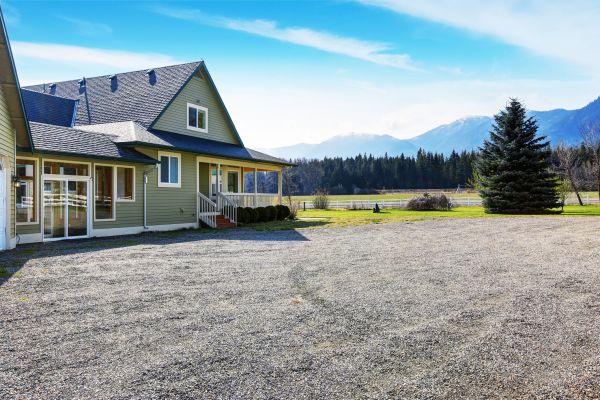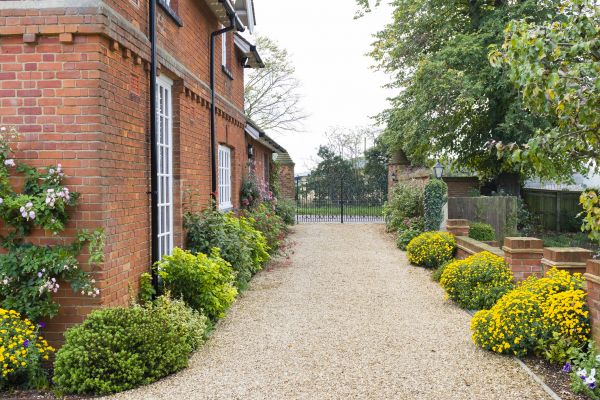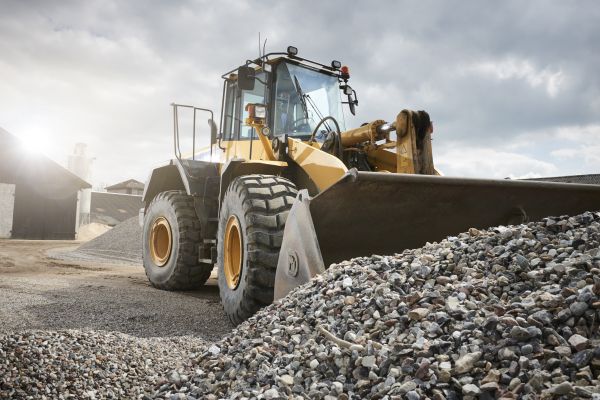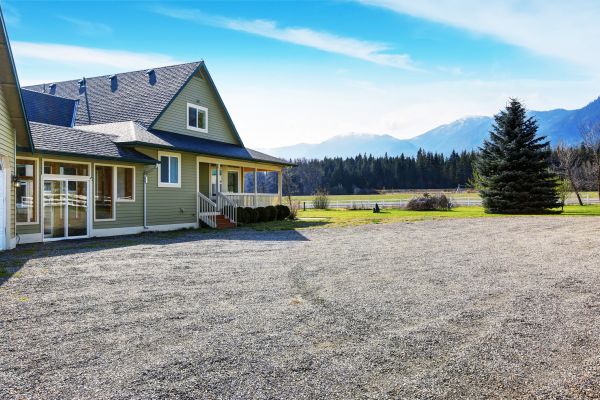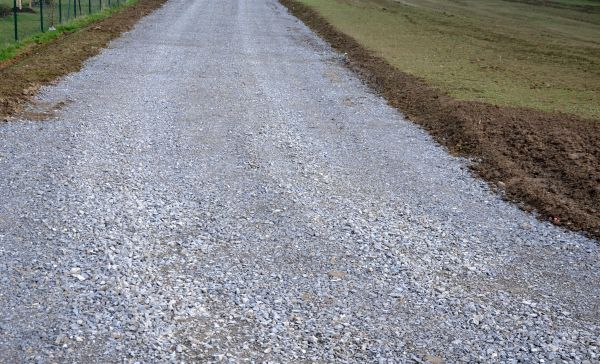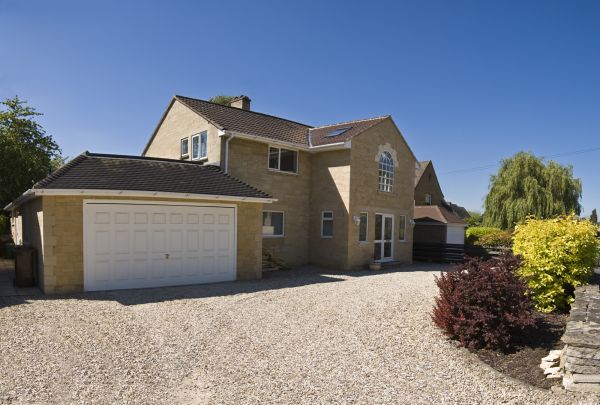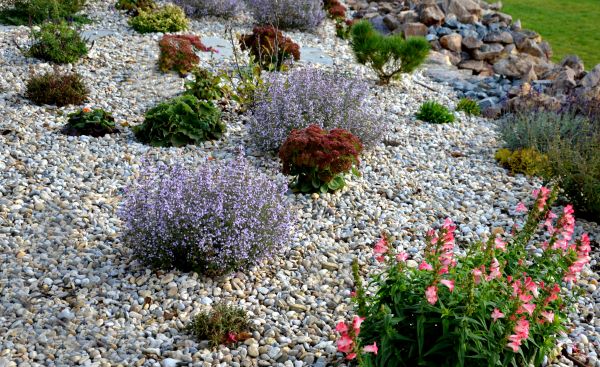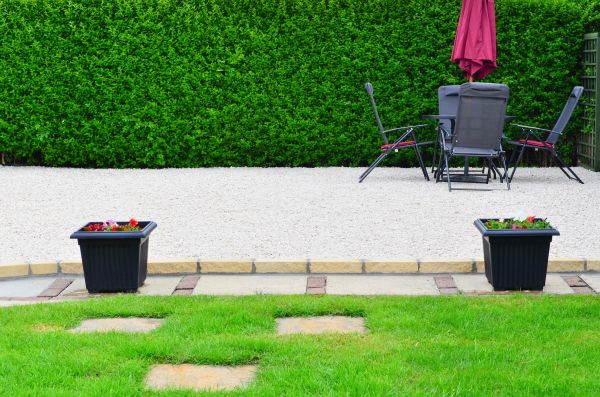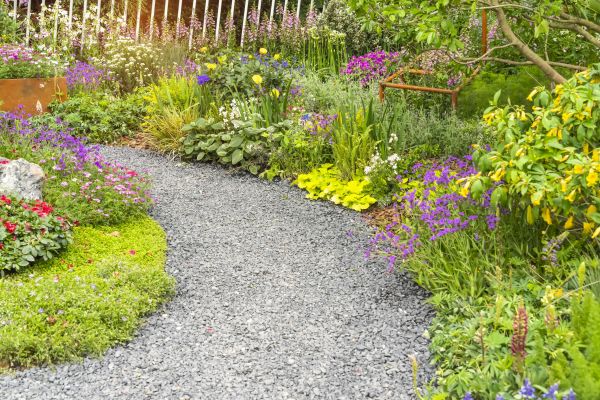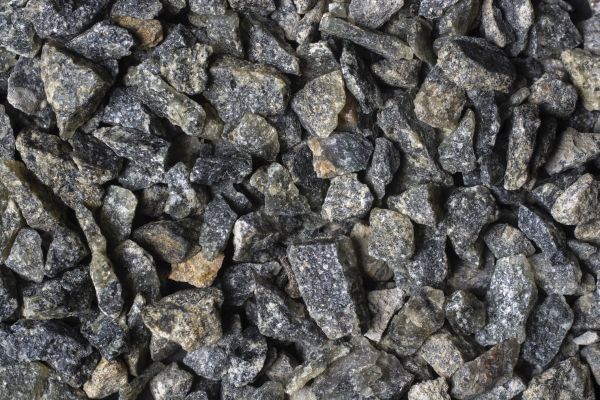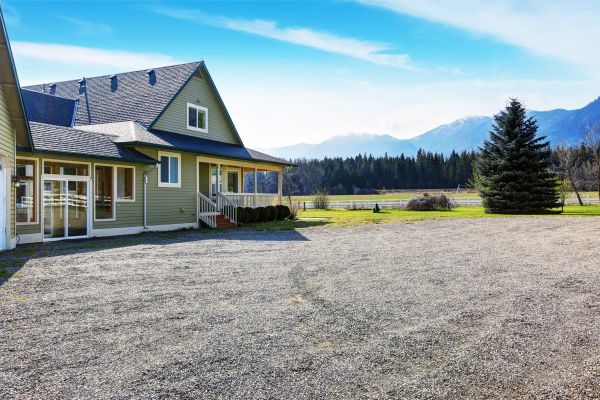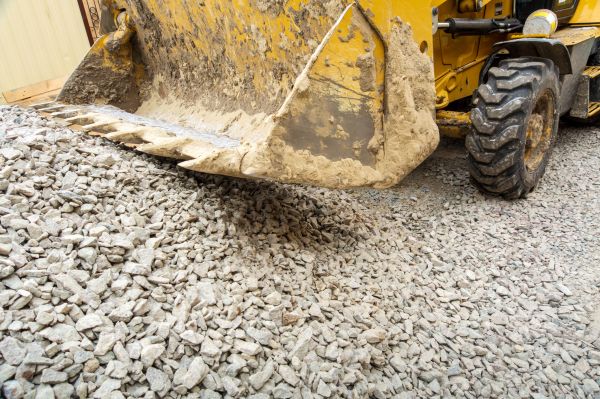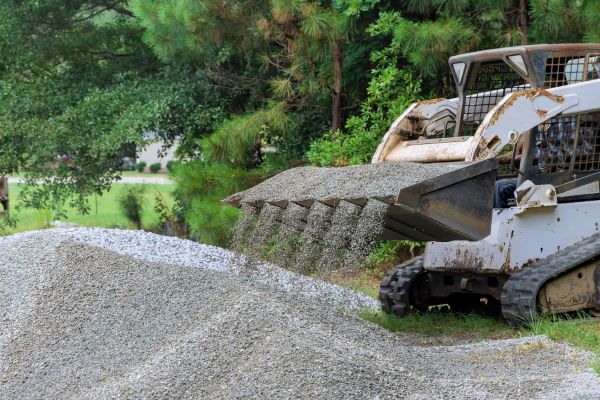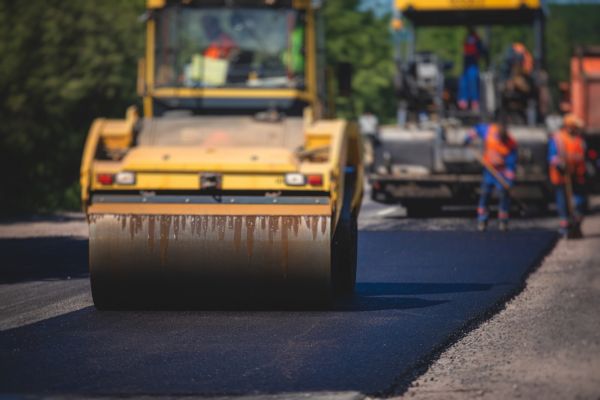Gravel Installation
Connect with experienced local pros.
Gravel installation is a process that involves laying gravel on a designated area to create a stable and aesthetically pleasing surface. This technique is often used in driveways, walkways, and garden paths due to its durability and natural appearance. Proper gravel installation is crucial as it ensures the longevity of the surface, prevents erosion, and provides a permeable layer that aids in drainage. When done correctly, gravel installation can enhance the overall look of a property while offering practical benefits such as reduced maintenance and improved accessibility.
Benefits of Gravel Installation
-
Cost-Effective Solution
Gravel installation is a more affordable option compared to paving or concrete. It requires less material and labor, making it a budget-friendly choice for many homeowners. Additionally, the maintenance costs over time are minimal, as gravel surfaces are easy to repair and replenish. -
Improved Drainage
One of the significant advantages of gravel is its permeability. Gravel allows water to seep through, reducing runoff and preventing water accumulation. This improved drainage capability helps in maintaining the integrity of the surface and protecting the surrounding landscape from erosion. -
Versatility in Design
Gravel comes in a variety of sizes, colors, and textures, providing numerous design possibilities. This versatility allows for creative freedom in landscaping projects, enabling property owners to match the gravel with the existing aesthetic of their home or garden. -
Easy Installation and Maintenance
Installing gravel is relatively quick and straightforward, especially when compared to other hardscaping options. Once installed, gravel surfaces require minimal upkeep. Regular raking and occasional replenishment of gravel are typically all that is needed to keep the area looking neat and functional.
FAQs About Gravel Installation
What type of gravel is best for driveways?
The best type of gravel for driveways is typically a mix of larger stones and smaller particles, often referred to as "crushed stone" or "crusher run." This combination provides a stable surface that compacts well and supports vehicle traffic.
How often should gravel be replenished?
The frequency of replenishing gravel depends on usage and weather conditions. Generally, it is recommended to add new gravel every 1-2 years to maintain the desired depth and appearance.
Can gravel installation be done in any weather?
While gravel installation can technically be done in various weather conditions, it is best performed in dry weather. This ensures that the ground is stable and allows for proper compaction of the gravel.
How do I prevent weeds from growing through the gravel?
To prevent weed growth, it is advisable to lay a geotextile fabric or weed barrier beneath the gravel. This fabric allows water to pass through while blocking sunlight, which inhibits weed germination.
Fill out the contact form today to request Gravel Installation and experience the benefits of a professionally installed gravel surface. Enjoy cost savings, improved drainage, and a beautiful landscape with minimal maintenance.

